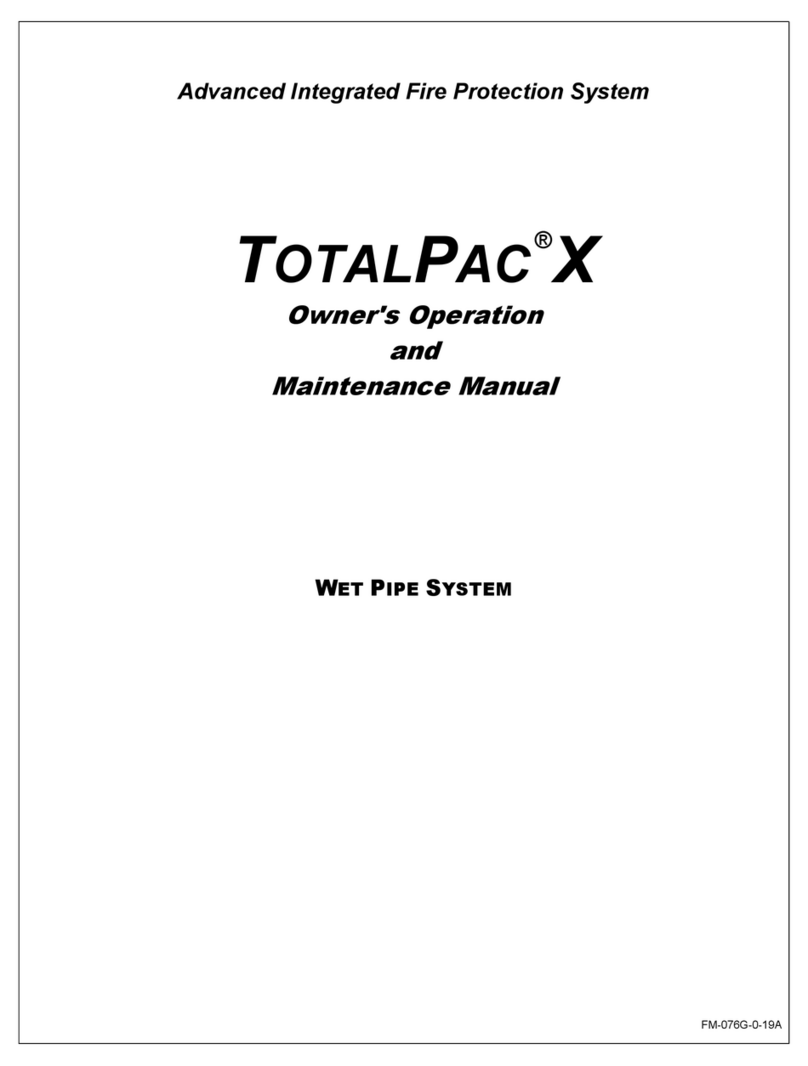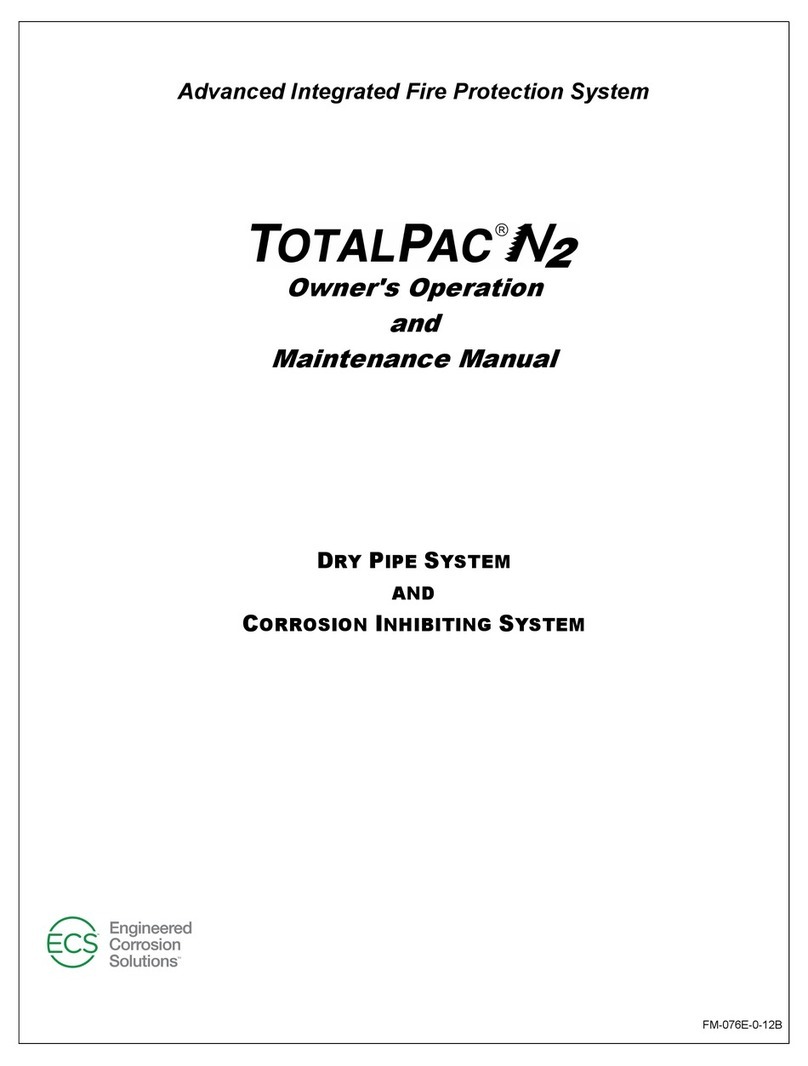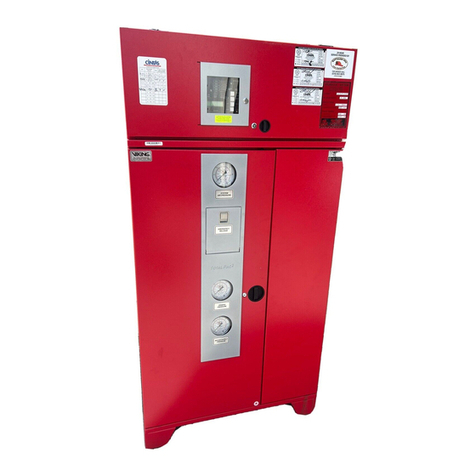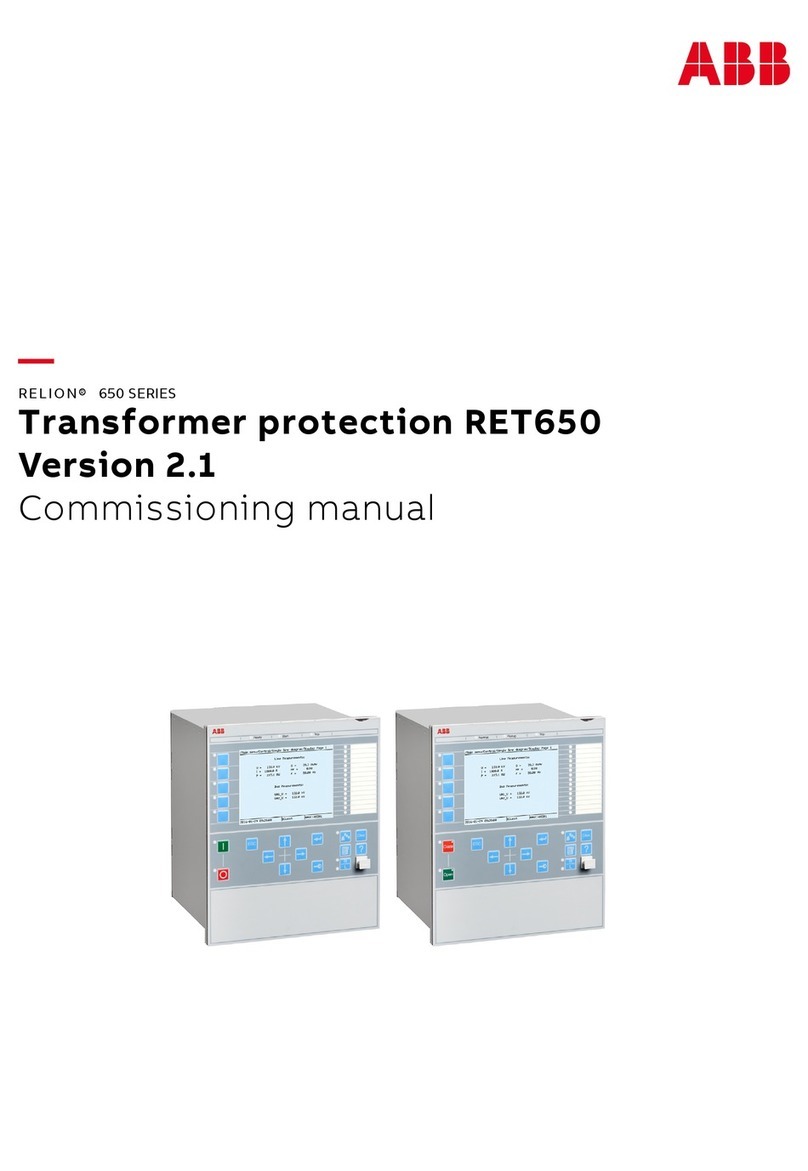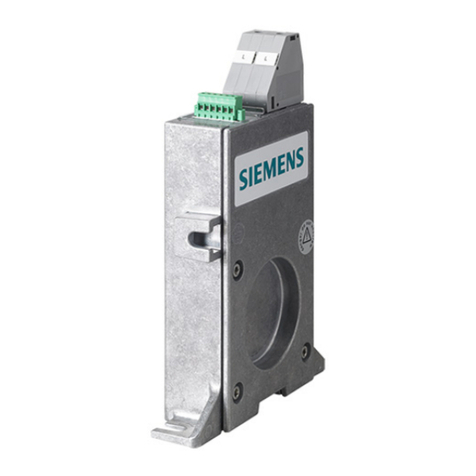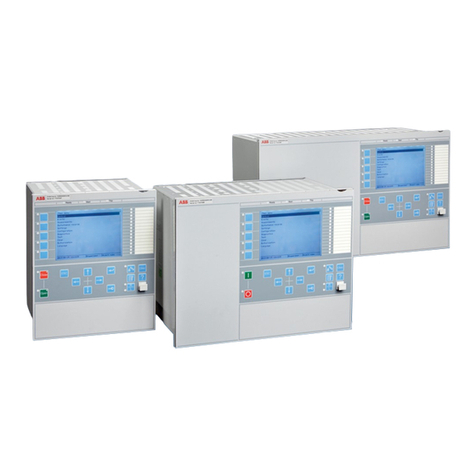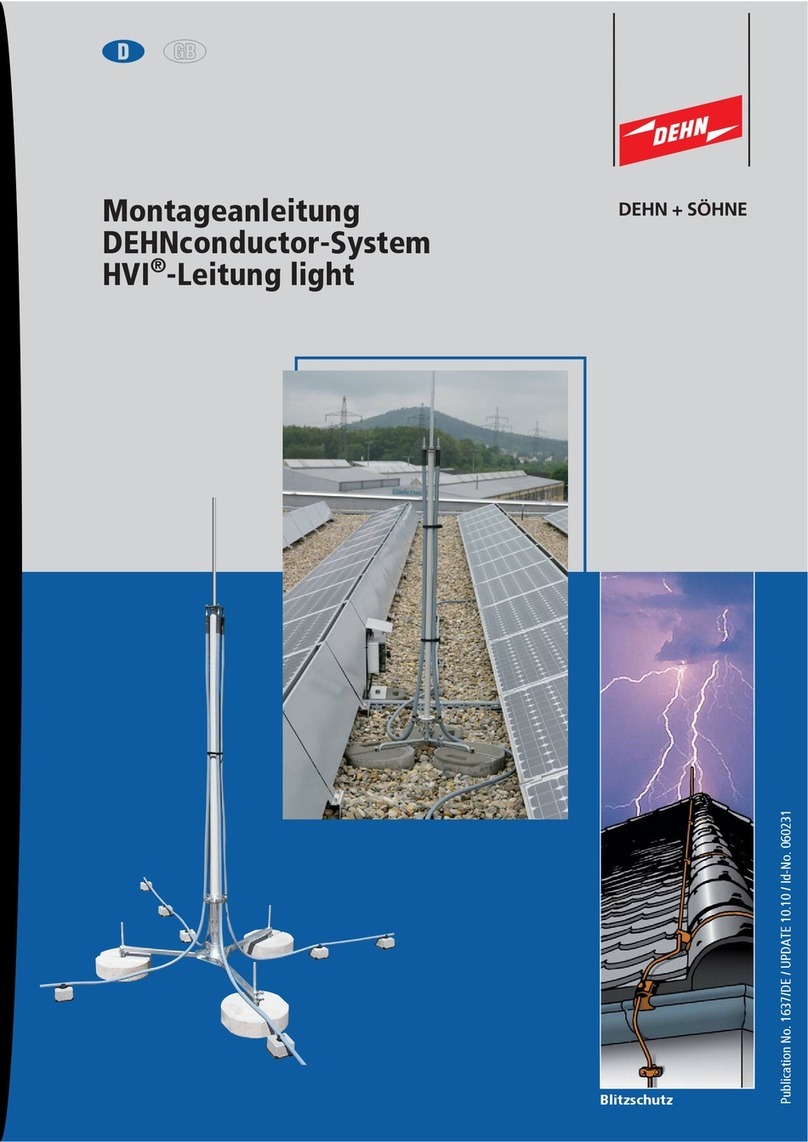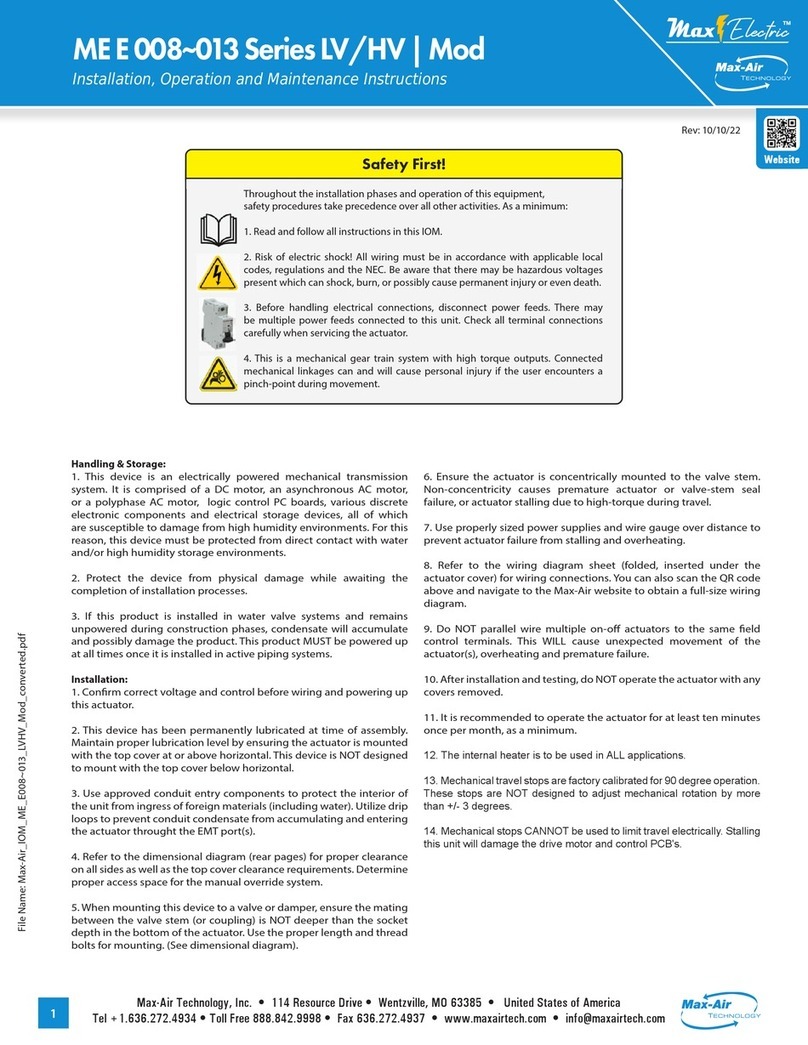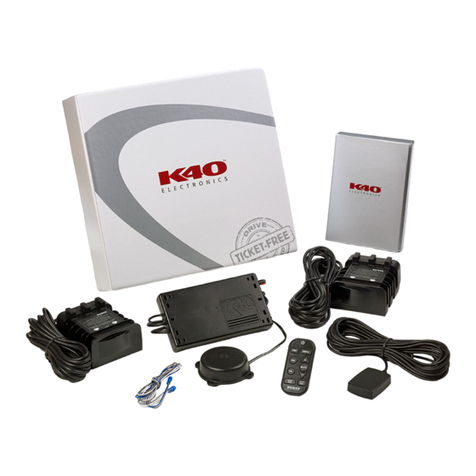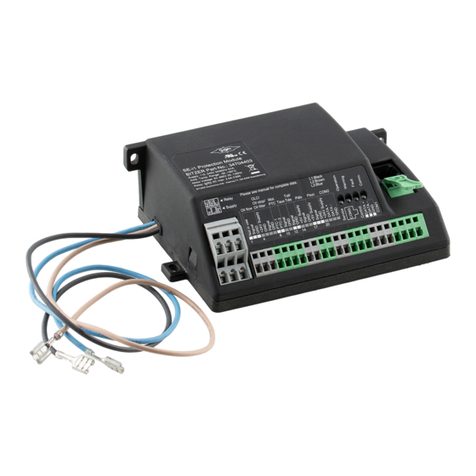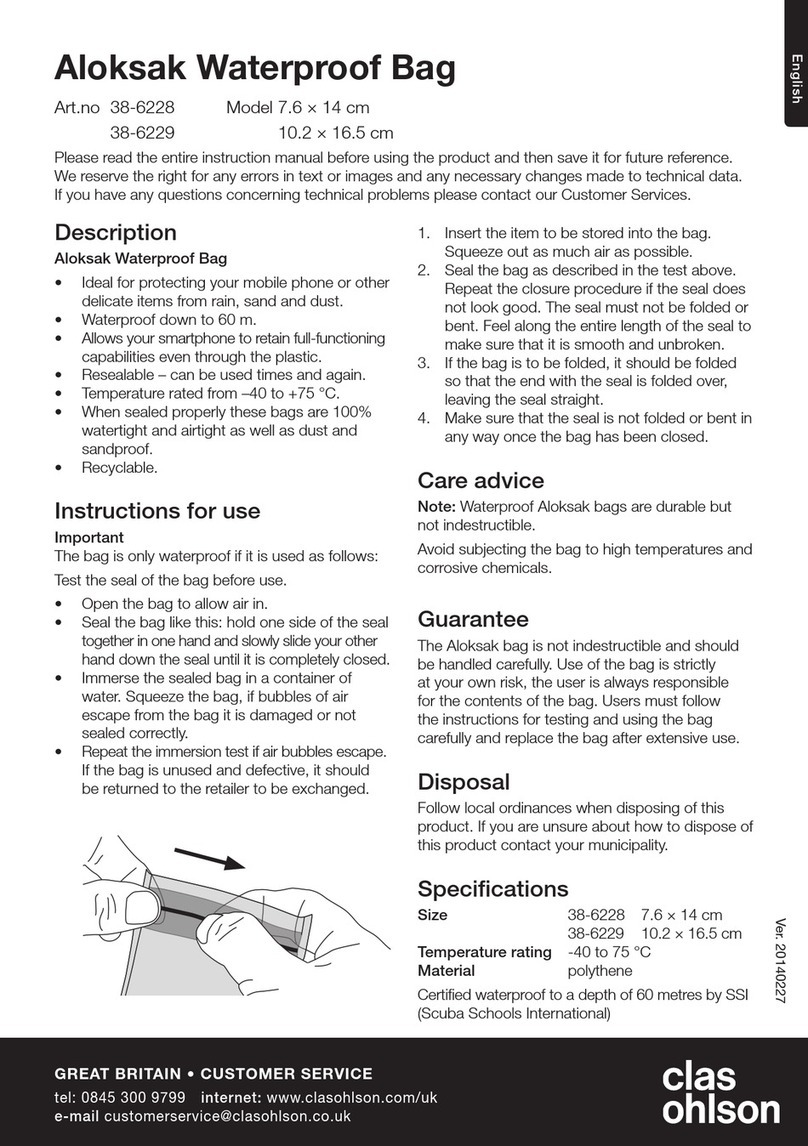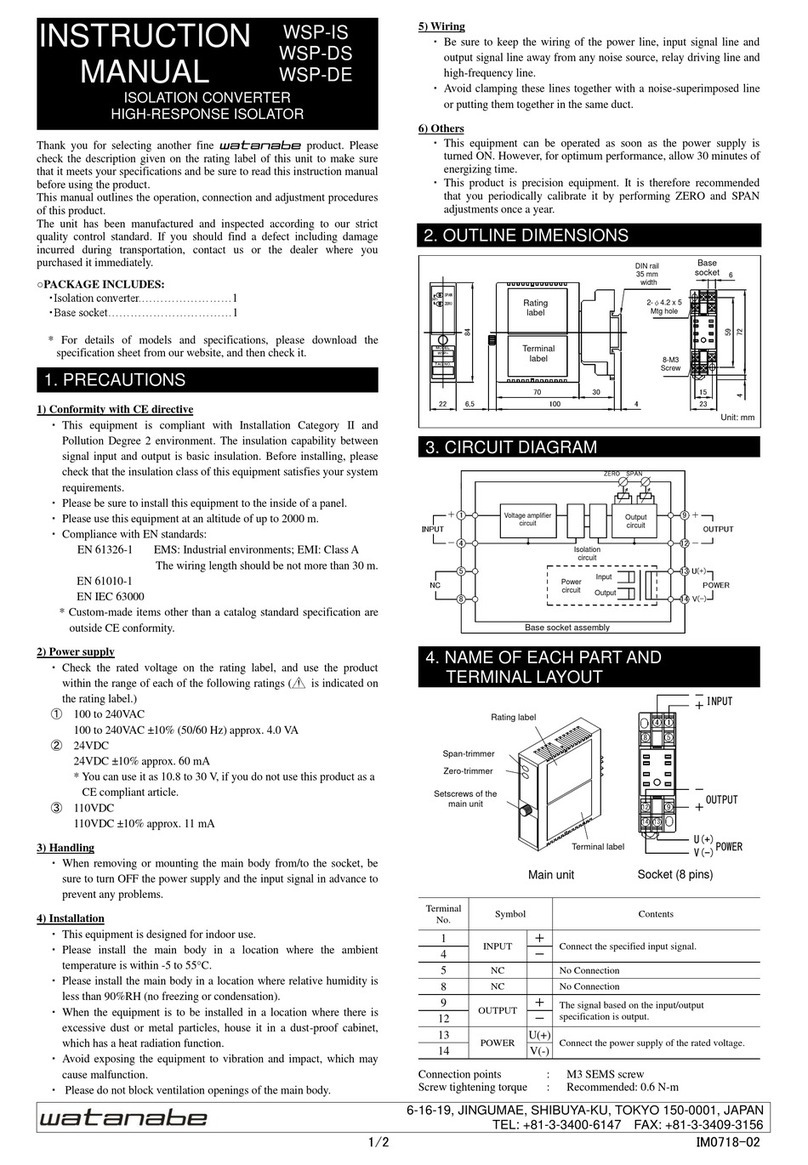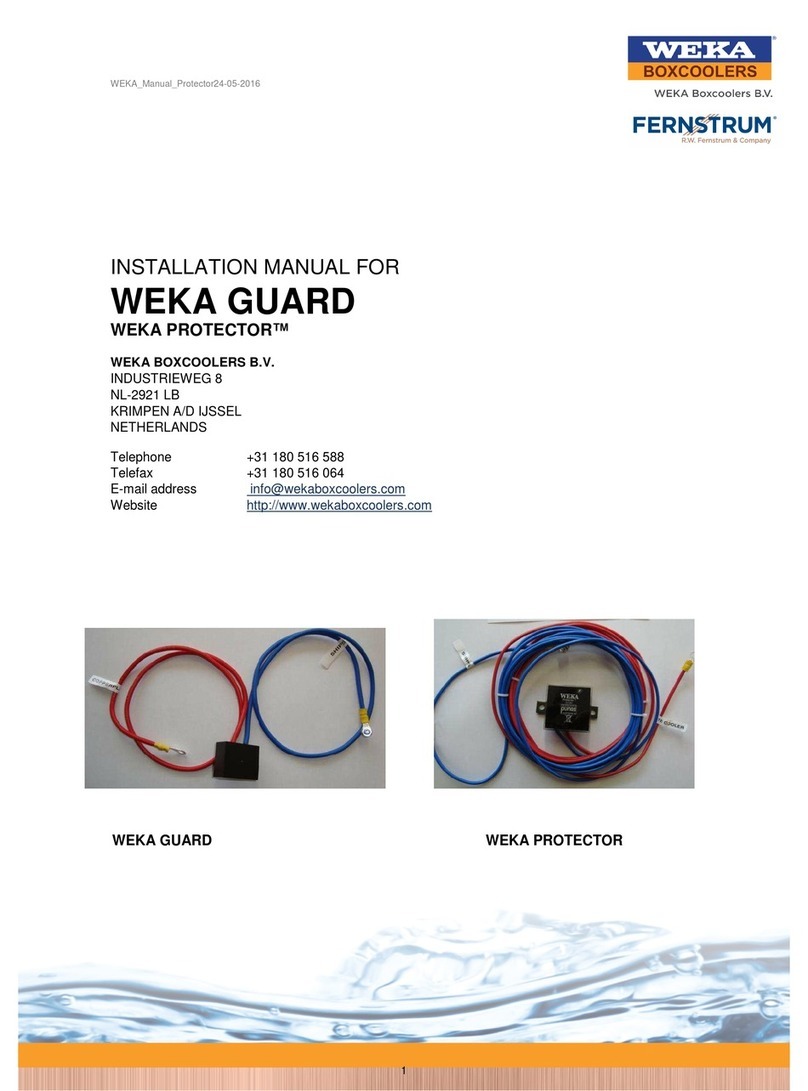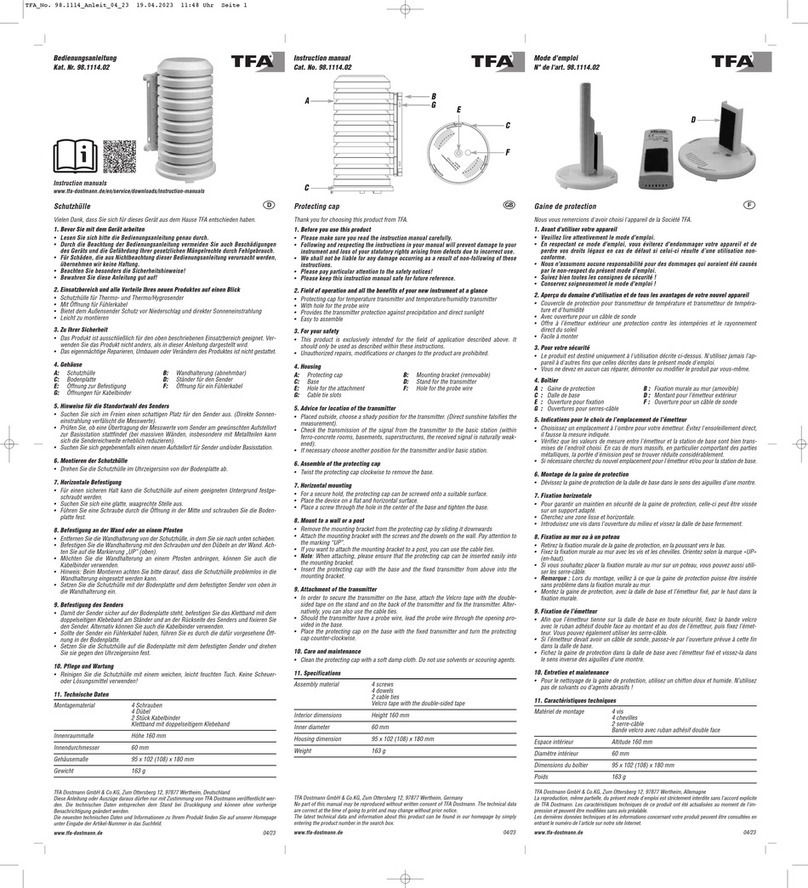
Page 2of 8TOTALPAC®X SUREFIRE®
Integrated Fire Protection System
Mechanical Section -Double Interlock Preaction System - SUREFIRE®Release
FM-076G-0-52A
1.3 Placing the system in service
1. Verify that the main water supply valve (D1) is CLOSED.
Verify that the system has been properly drained.
2. Verify that all automatic sprinklers are set and that
inspector's test valve and/or piping auxiliary drain valves
are CLOSED.
3. CLOSE main drain valve (D3). Verify that the manual
emergency release valve (B10) is CLOSED.
4. Air supply must be OPEN (see section DAIR SUPPLY).
5. Establish recommended supervisory pressure to the
system piping network (see paragraph 2.1 NORMAL
CONDITION of the current section and section DAIR
SUPPLY).
Note: On system provided with air pressure maintenance
device (air supply style "B"), verify that the APMD bypass
valve (E8) is CLOSED and that APMD input and output
valves (E6 and E7) are OPEN.
6. OPEN priming valve (B1). Verify that the pressure
indicated at the priming pressure gauge (B11) is equal
to, or greater than the pressure indicated at the water
supply pressure gauge (B12).
7. Reset the remote release control panel (supplied by
others). Solenoid valve (F1) should CLOSE.
8. OPEN flow test valve (B6).PARTIALLY OPEN main water
supply valve (D1).
9. When full flow develops from the flow test valve (B6),
CLOSE the flow test valve. Verify there is no flow from
drip check valve (B7) when the plunger is pushed.
10.FULLY OPEN the main water supply valve (D1).
11. Verify that the alarm test valve (B5) is CLOSED and that
all other valves are in their "normal" operating position
(see paragraph 2.1NORMAL CONDITION of the current
section).
12. Check and repair all leaks.
13. On new installation, system that has been placed out of
service, or where new equipment has been installed,
trip test the system to verify that all equipment functions
properly (see paragraph 1.7.2FULL FLOW TRIP TEST of
the current section).
14.Notify the AUTHORITY HAVING JURISDICTION, remote
station alarm monitors, and those in the affected area
that the system is in service.
Note: When a valve has been removed from service and is
subject to freezing or will be out of service for an extended
period of time, all water must be removed from the priming
chamber, trim piping, water supply piping and any other
trapped areas.
1.4 System Operation
1.4.1 In the SET condition
System water supply pressure enters the priming chamber
of the deluge valve (A1) through the priming line which
includes a normally open priming valve (B1), strainer (B2),
restricted orifice (B3) and spring loaded check valve (B4).
Water pressure is trapped in the priming chamber of the
deluge valve (A1) by aspring loaded check valve (B4),
normally closed solenoid valve (F1), normally open
solenoid valve (F2), pneumatic actuator (F3),PORV (B9)
(pressure operated relief valve) and manual emergency
release valve (B10). The pressure in the priming chamber
holds the deluge valve clapper closed, keeping the outlet
chamber and system piping dry.
1.4.2 In a fire condition
When an automatic sprinkler fuses, the low air pressure
condition activates the low air supervisory switch (E4).
This switch, along with detection condition at the remote
release control panel, energize the solenoid valve (F1)
when both circuits are activated.
Pressure from the priming chamber of the deluge
valve (A1) is released to the open drain manifold faster
than it is supplied through the restricted orifice (B3). The
deluge valve clapper opens to allow water to flow into the
piping network and alarm devices, causing water flow
alarms connected to the alarm pressure switch (C1) and
the optional water motor alarm (C2) to activate. When an
automatic sprinkler fuses, water will flow from the system
piping network.
When the deluge valve (A1) opens, the sensing end of the
PORV (B9) is pressurized, causing it to open. It then
continually vent the priming chamber, preventing the
closure of the deluge valve. The deluge valve can only be
reset after the system is taken out of service.
Note: If the solenoid valve (F1) is energized, the deluge
valve (A1) will open but the water will be trapped in the
system piping network. Alarm devices (C1 and optional
C2) will operate.
1.4.3 Manual operation
Anytime the handle of the manual emergency release
valve (B10) is triggered, pressure is released from the
priming chamber of the deluge valve (A1) causing deluge
valve to open. Water will flow into the system piping
network and alarm devices (C1 and optional C2) will
operate. The PORV (B9) keeps the deluge valve open.
When an automatic sprinkler fuses, water will flow from the
system piping network.
1.4.4 Supervisory condition
If an automatic sprinkler opens prior the operation of the
detection system or any time the supervisory pressure is
lost in the system piping network, the low air pressure
switch (E4) will give a low air pressure signal to the remote
release control panel and the normally open solenoid
valve (F2) is energized by the remote release control
panel, keeping the deluge valve (A1) closed.





















